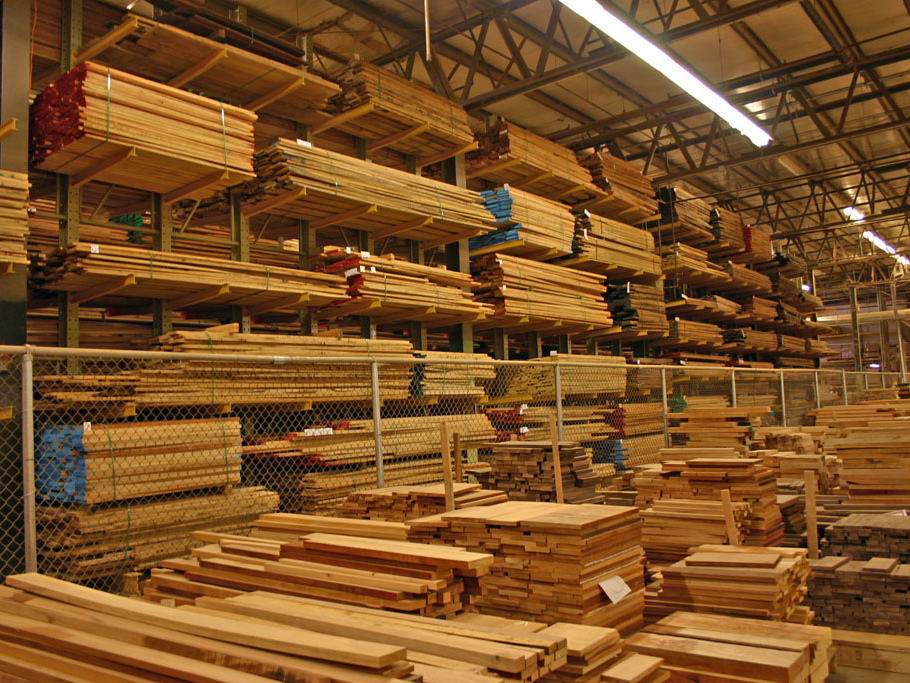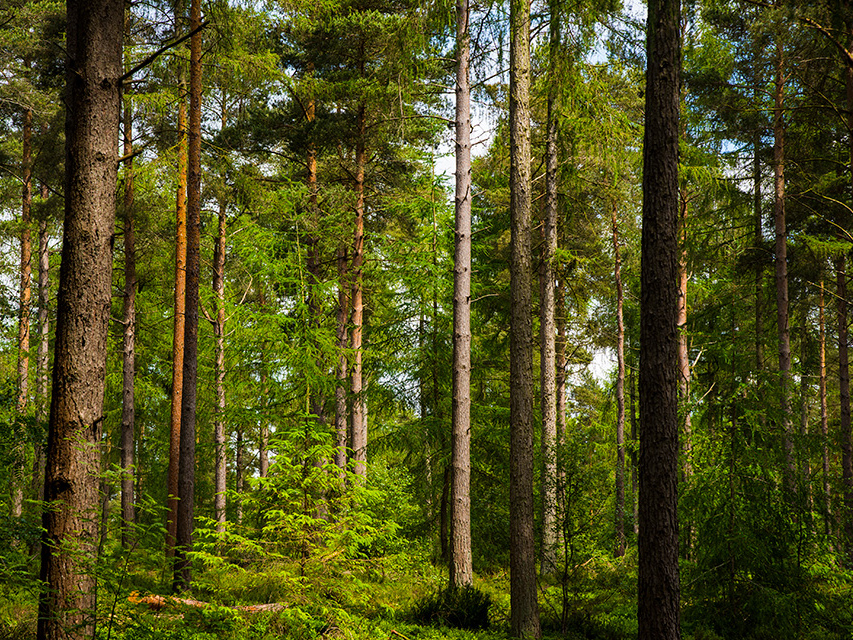Wood construction versus forest sustainability
Wood construction versus forest sustainability
The supply of wood in the European Union (EU) is based on principles of sustainable forest management. Construction is not in any manner linked to global deforestation.
As the majority of the forest owners’ revenue comes from the sale of large logs, increased construction with wood can provide incentives for the active management and maintenance of forests as a carbon pool in the long-term. The possible rise of construction’s impact on the raw material may remain moderate – a market share of 100% of the timber construction of all the buildings in Europe would be reflected in a maximum annual procurement of 400 million m3. This is equivalent to approximately 50% of the annual growth of EU forests, in other words, 50 million m3 more than the industrial roundwood produced in the EU in 2015 [1].
Based on realistic assumptions, the impact of increased construction of the demand for resources continues to be relatively minor – for example, with a 20% market share and the same utilisation oflight frame and massive frame timber structures, the long-term annual procurement would be close to 50 million m3 in the EU [2].

[1] The EU’s building stock is renewed at an annual rate of 1% – meaning that an area of 240 million m2 is built annually. The utilisation of wood in construction can vary between 0.2 m3/m2 (light frame) to 0.6 m3/m2 (massive frame). So, a simple calculation suggests that 100% of the European construction markets could be covered by 45-145 million m3 of timber products, reflected in approximately 100-400 million m3 of raw wood (conversion factor for roundwood equivalent (RWE) which varied between 2.0 for sawn wood and 2.8 for cross-laminated timber (CLT)). Given that, the increment of forests available for supplying timber was 769 million m3 in 2010 in the EU27 (Eurostat), a 100% market share of construction in Europe would require a maximum of 53% annual growth of European forests in the long-term.
Related Articles
UncategorizedConstruction with Wood
Engineered Wood Market Size & Share Analysis
Government has introduced a statutory tree and woodland cover target which commits to increasing…
Why Choose Wood?Construction with Wood
Timber in construction roadmap
Government has introduced a statutory tree and woodland cover target which commits to increasing…
Durability of construction with wood
The durability of a timber construction can be high. There are examples of wooden churches…


